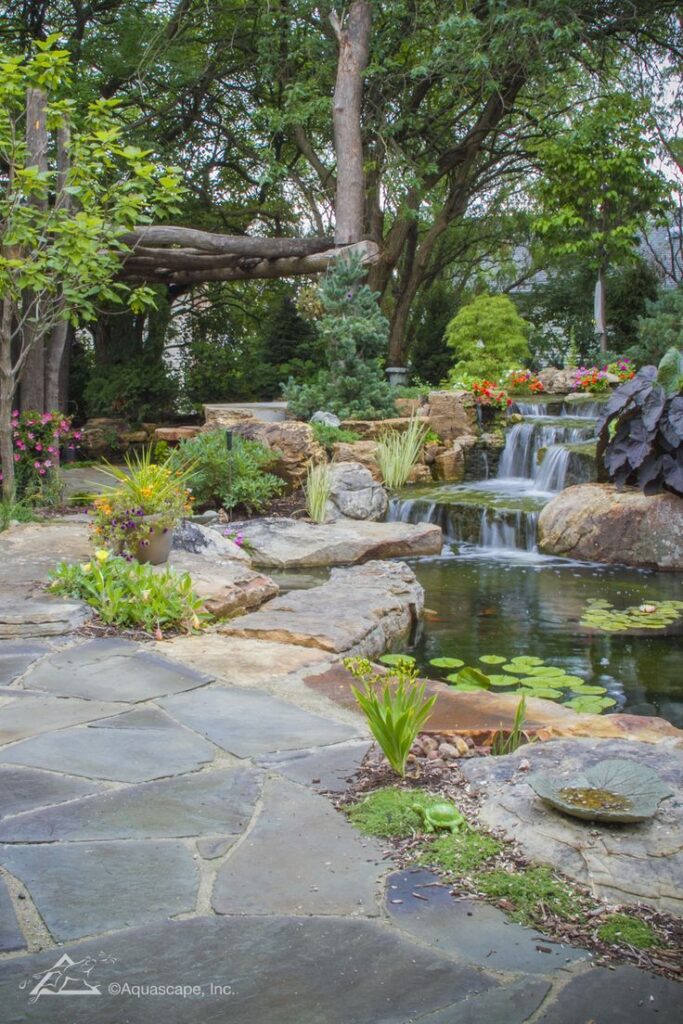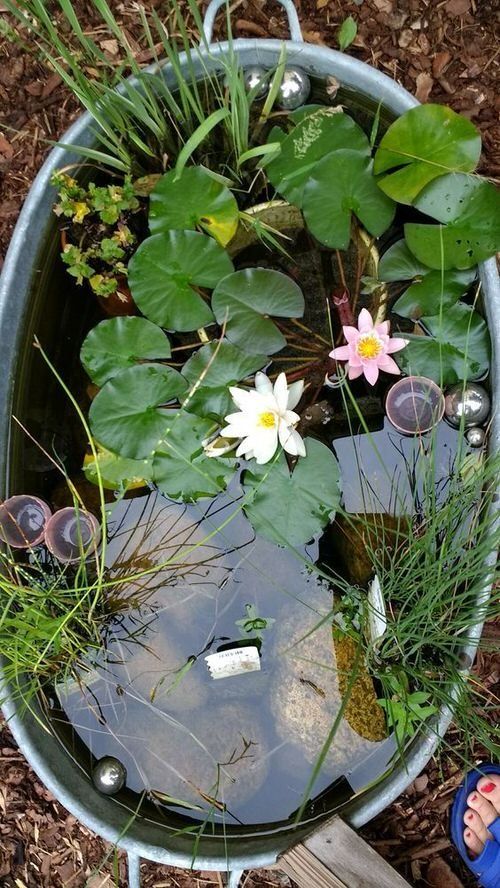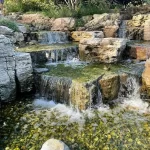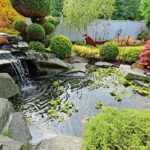Water gardens are a beautiful and tranquil addition to any outdoor space. These unique features are not only visually appealing but also provide a habitat for various aquatic plants and animals. Water gardens can come in many different shapes and sizes, from small fountains to large ponds. Regardless of their size, they can create a sense of calm and serenity in any environment.
One of the key components of a water garden is, of course, water. Whether it’s a small pond or a flowing fountain, the water feature is what gives a water garden its distinct character. Water gardens can be designed to have still water or running water, depending on personal preference and the desired effect. Still water can create a reflective surface that enhances the beauty of surrounding plants and structures, while running water adds movement and sound to the space.
In addition to water, aquatic plants play a crucial role in a water garden. Water lilies, lotus flowers, and water hyacinths are just a few examples of plants that thrive in a water garden environment. These plants not only add visual interest to the garden but also help maintain the water quality by oxygenating the water and filtering out impurities. They can also provide shelter and food for aquatic animals such as fish and frogs.
Another important aspect of a water garden is the use of rock and stone elements. Rocks and stones can be used to create natural-looking borders for ponds, waterfalls, and streams. They can also be used to build retaining walls, steps, and other structural elements in the garden. By incorporating rocks and stones into the design, a water garden can achieve a harmonious balance between natural and man-made elements.
One of the benefits of having a water garden is that it can attract a variety of wildlife to the area. Birds, butterflies, dragonflies, and even small mammals may be drawn to the water source for drinking, bathing, or hunting. By providing a habitat for these creatures, a water garden can help support local biodiversity and create a thriving ecosystem in the garden.
Maintaining a water garden does require some effort, as it is important to keep the water clean and balanced to ensure the health of the plants and animals in the garden. Regular maintenance tasks may include removing debris from the water, checking and adjusting water levels and pH levels, and pruning and fertilizing aquatic plants as needed. Despite the maintenance involved, the beauty and tranquility that a water garden can bring to a space make it a worthwhile investment for any nature lover.

















